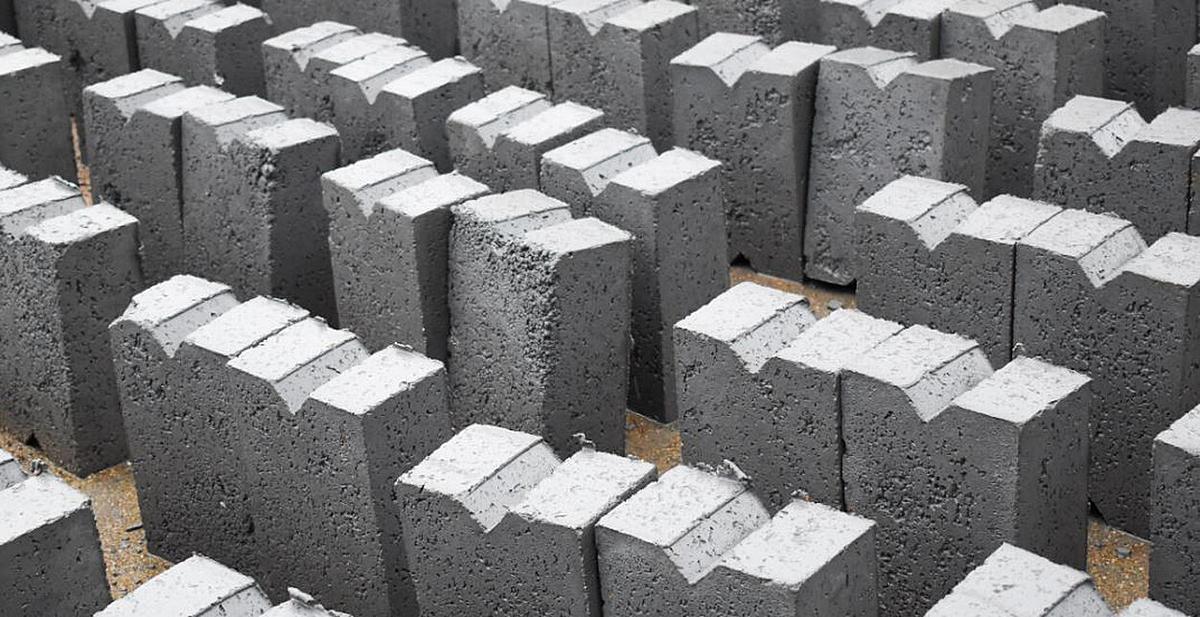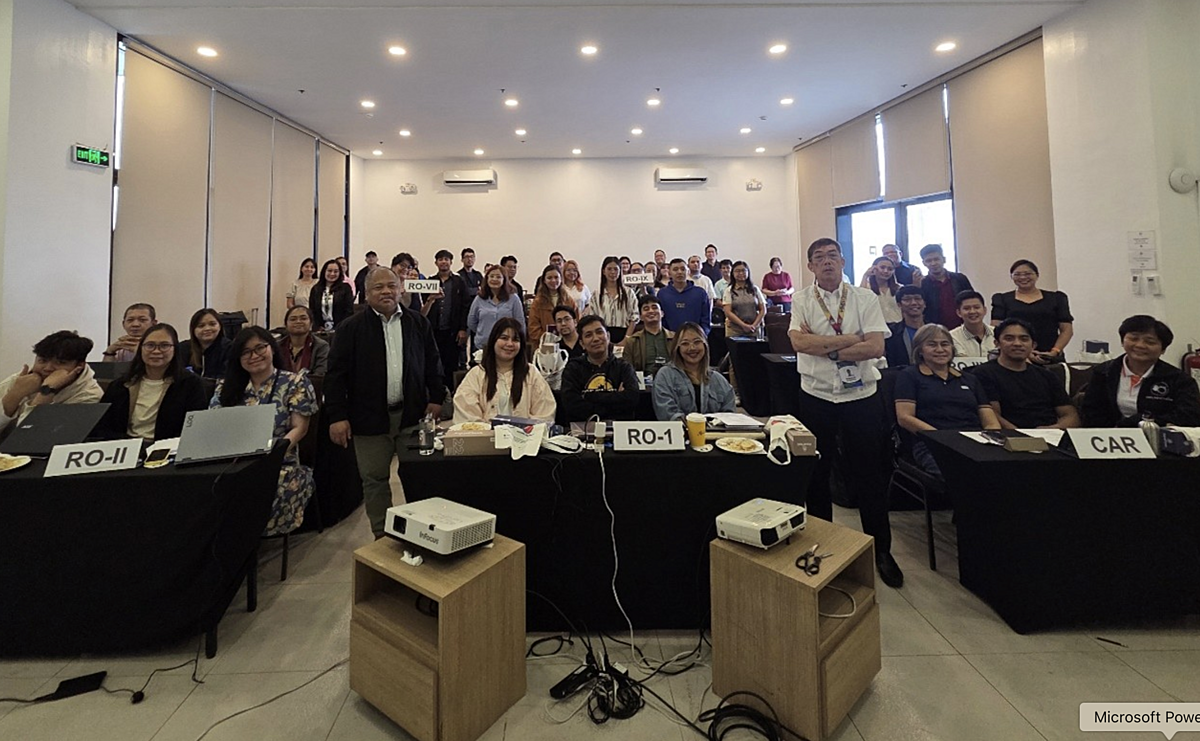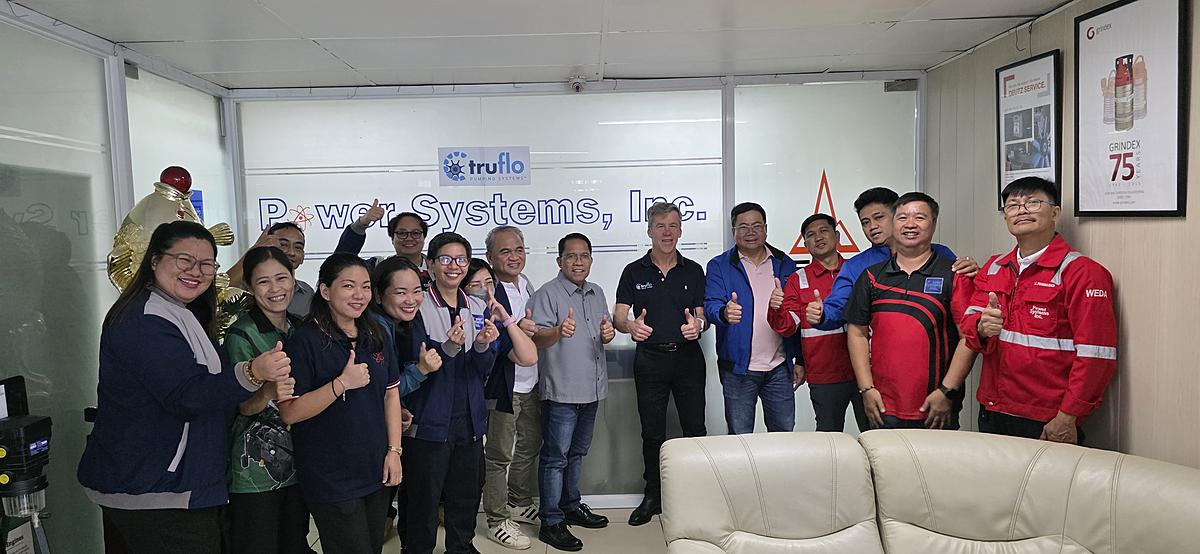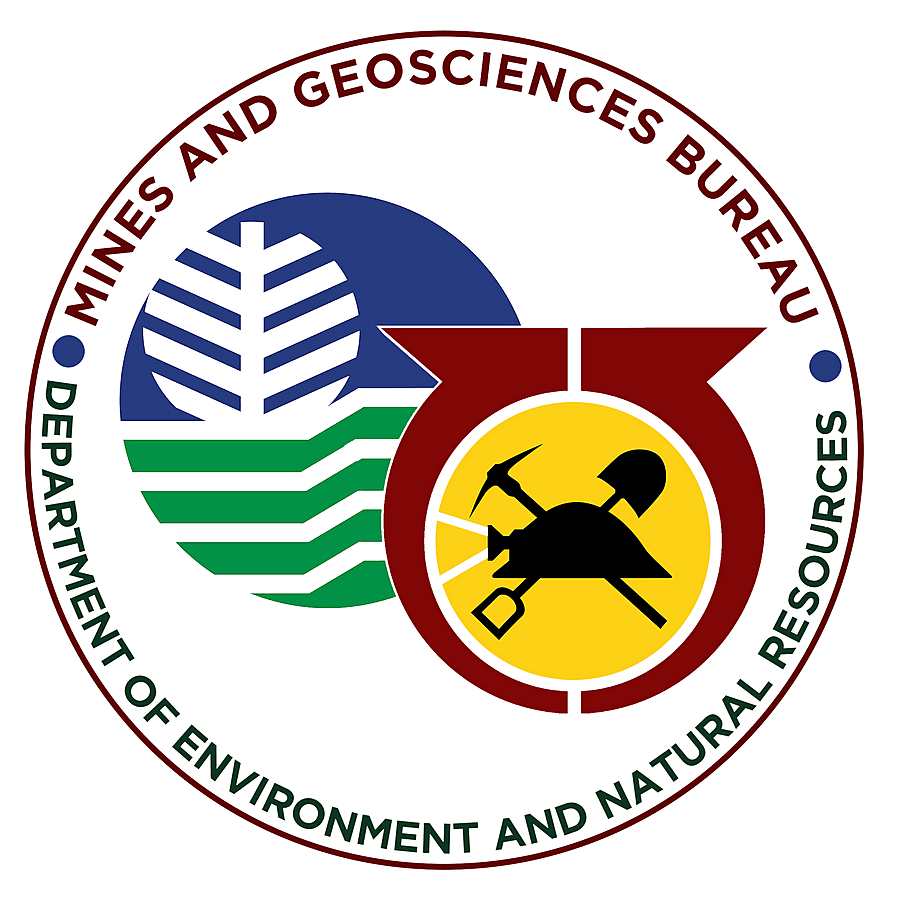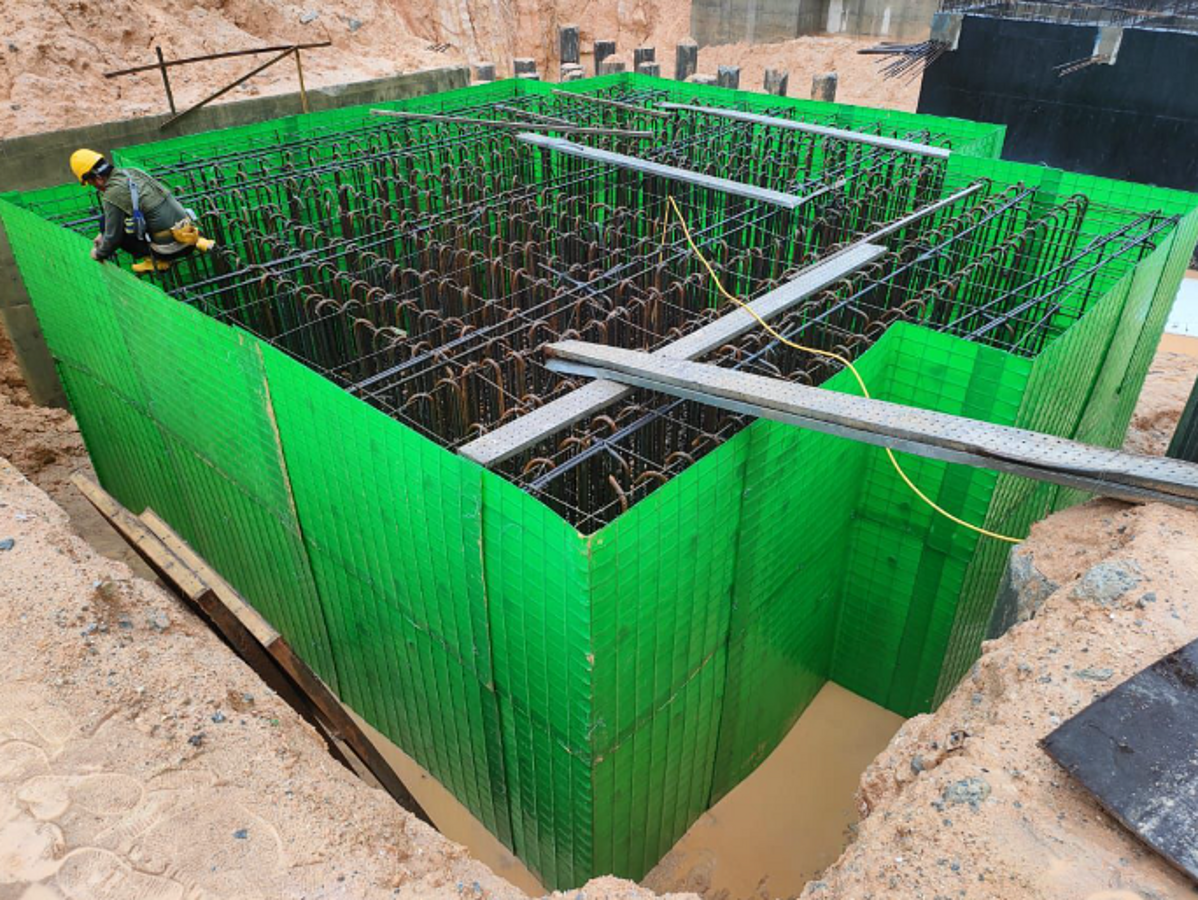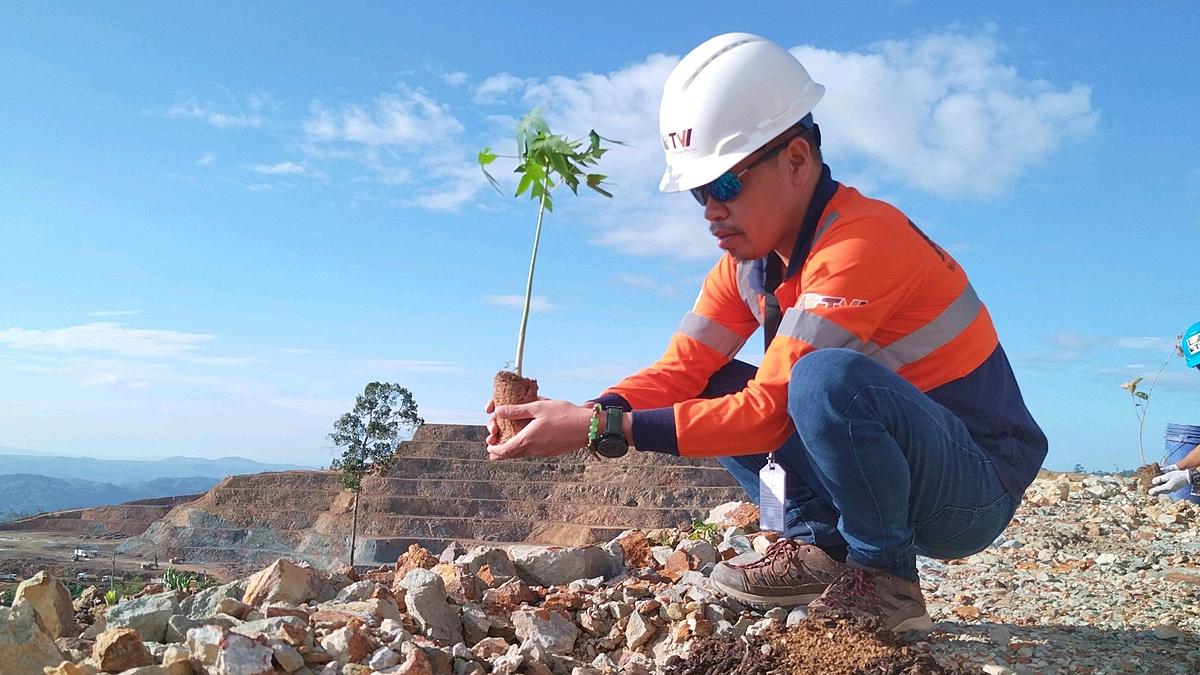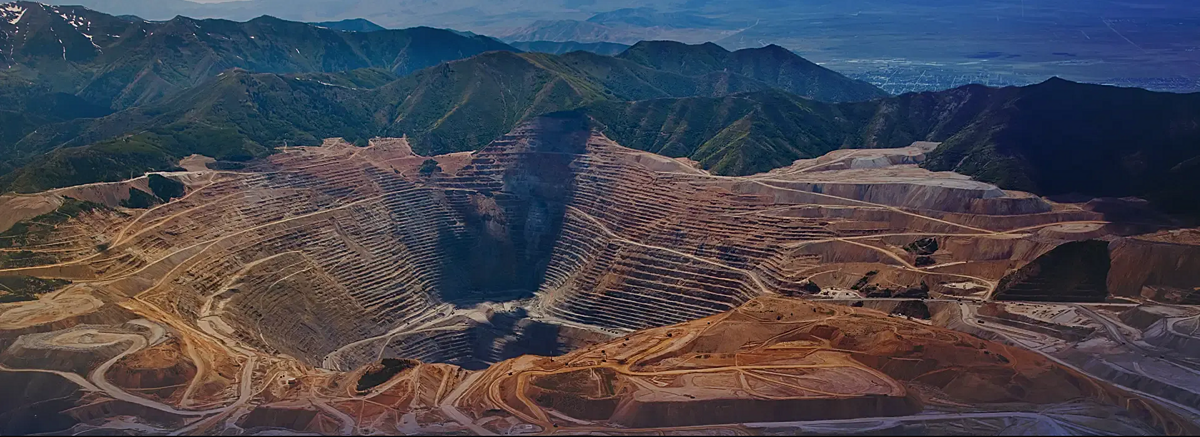Photo credits: by PinoyBuilders.ph
Fly ash is making its mark in the construction industry due to its eco-friendly features. It is possible for this building material to lessen air pollution in the long run?
Coal is a natural dark brown or black sedimentary rock with graphite-like appearance. It is primarily used as fuel. It is composed of solid organic materials with some mineral components. It is formed from the accumulation of plant remains in sedimentary basin, and is altered to solid rock by heat and pressure during the basin’s development.
The quality of coal varies according to the content of ash, impurities, and volatile matter which decreases as coal rank gets higher. Types of coal according to increasing rank (in terms of hardness, purity and heating value) are peat, lignite, subbituminous, bituminous and anthracite.
Although coal is a major source of fuel and electricity through the years, in most environmental forums, coal is notorious for being responsible for a third of carbon monoxide emission worldwide from coal combustion. In other words, it is considered as the biggest contributor of global warming. [1]
According to Department of Energy, the Philippines heavily relies on coal -- 44.5% of our power generation mix comes from coal. Worldwide, coal is an in-demand energy source and is often the cheapest fuel option.
Coal demand in the Philippines is not only for power generation. In 2015, the cement industry used 15.22% of the country’s coal supply where 5% of the supply is used in the manufacturing of alcohol, sinter, rubber boots, paper, fertilizer production, chemical manufacturing, and smelting processes. [2]
However useful and reliable as a fuel source and hydrocarbon source for industrial use, coal consumption needs to be monitored in order to prevent further air pollution. There are companies like GNPower who adopted green technologies in their coal power plant in Mariveles, Bataan. With the availability of clean coal technologies, the demand for coal remained steady despite environmental concerns of skeptics. But in general, the Philippines is largely a coal consuming country. [2]
More on coal and green technologies, there are now clever innovations with coal that lessens its harmful impacts on the environment. One example is a solution made with one of coal’s byproducts called the “fly ash”. The irony is, one of the most harmful compounds on Earth also produces one of the largest green material resources in the construction industry.
The idea was explored in a study done by Mohammad Nadeem Akhtar and Nazia Tarannum. They published “Flyash as a Resource Material in Construction Industry: A Clean Approach to Environmental Management” on on 29 December 2018. They described how fly ash can lessen air pollution.
In their study, Akhtar and Tarannum explained the properties of fly ash, its origin, its usefulness, and how utilizing it is a solution to waste management.
“The maximum amount of electricity is produced by most of the thermal power plants by burning coal at their operating facilities. Due to this activity, various types of secondary materials are generated. Any material resulting from coal-combustion processes may be called as a coal-combustion product (CCP). Among different CCPs reported worldwide by coal-burning power plants, fly ash is the most common one. As per the characterization report, flyash is considered as a powdery material being collected by dust collectors installed in the thermal power plants with the use of coal as fuel. There are different problems related to fly ash like requirement of large area of land for disposal and toxicity caused by flyash which leach to groundwater. The study has established flyash as air and water pollution source. It is considered as waste that may act as a resource material in construction industry, thereby acting as a resource for waste and environment management. Till a decade back, flyash was treated as waste material worldwide, but now it is developed as an environment savior.” [4]
Fly ash is a byproduct of burning coal. It is a siliceous and aluminous material which is on its own does not have the characteristics of cement. However, once we “combine it with moisture in a finely divided form”, it changes and becomes like cement. Thus, it can be used as a substitute for concrete. [3]
Why is it eco-friendly? In the past when environmental practices were not yet standardized and monitored, fly ash was merely released to the air when coal is burned. This is indeed a harmful practice that contributed to air pollution. Imagine large amounts of heavy metals in the ash that is released in the atmosphere. Eventually, with the development of air quality monitoring and establishment of air pollution regulations, factories are now required to dispose fly ash properly and to use it for a second purpose.
Fly ash is recycled by most construction professionals by adding lime and water. This becomes a cement substitute similar to Portland cement. The process of recycling fly ash helps reduce the carbon footprint in the utilization of coal.
As a building material, fly ash has impressive workability and durability properties to concrete. It reduces its water demand by 10%. It also has spherical particles which acts as lubricants which improves paste flow. These are just some of the important features of fly ash which are useful in the production of blended cement. It is also considered an eco-friendly binder for construction. [3]
Are there known disadvantages of using fly ash in the construction industry? Since fly ash comes from a toxic source, some critics have safety concerns about its use. Plus, leaching of toxic chemicals could contaminate the air and cause health problems to those nearby. However, there has been no major scientific discoveries or medical studies yet that proved of such adverse effects. Therefore, fly ash is still widely used in the cement industry to this day.
According to Pinoy Builders website, “The bottomline is it’s important that more sustainable innovations such as fly ash concrete or rice husk ash cement substitutes are developed. As global warming continues to loom over us, the construction industry can play an important hand in combating the crisis.” [3]
References:
[1] Retrieved from - https://www.greenpeace.org/usa/global-warming/issues/coal/
[2] https://www.doe.gov.ph/coal-overview?ckattempt=1
[3] (21 Jan. 2021). Pinoy Builders. “Fly Ash: An Eco-Friendly Solution to Lessen Air Pollution”
Retrieved from: https://pinoybuilders.ph/fly-ash-an-eco-friendly-solution-to-lessen-air-pollution/?fbclid=IwAR35JcaahO3sd9FjvhwJwKnZHNWzgdyITRfI1Q6C52nQ3HqKLKIor0dURUk
[4] https://www.intechopen.com/books/sustainable-construction-and-building-materials/flyash-as-a-resource-material-in-construction-industry-a-clean-approach-to-environment-management

